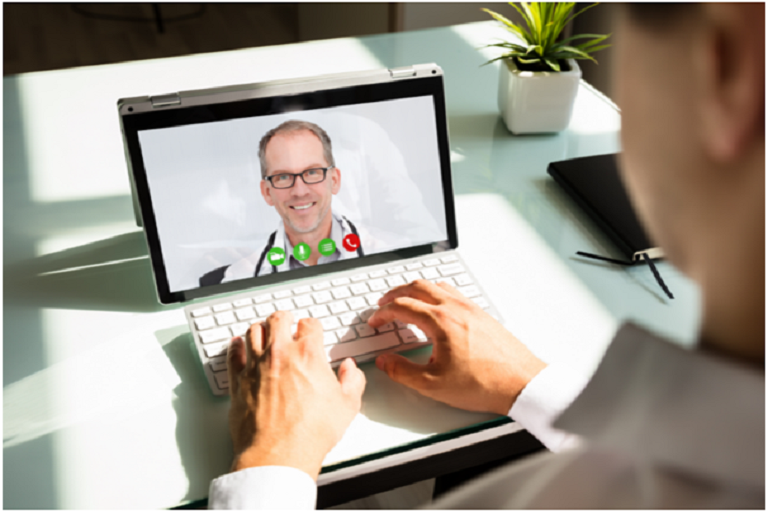6 Ways To Secure Your Data As Telehealth Is On The Rise
Telehealth is a booming healthcare service. It’s useful in areas where there are fewer healthcare providers to serve the population than is typical, such as rural communities. It’s also an important service to provide so patients can access healthcare remotely when they need to stay home, such as when they’re contagious. However, this also means there’s a rise in the risk to patients’ data. Here are six ways to secure your data as telehealth is on the rise.
1. Authentication and Encryption
One of the best ways to secure your data is to utilize tools to authenticate and encrypt it. Authentication is a process by which you require people trying to access your data to prove their identities and encryption scrambles your data so it can’t be deciphered by anyone but the intended recipient. You can use various tools to encrypt your data before sending it and provide your intended recipient with the means to authenticate their identities and access it. Two of the most commonly employed tools are SSL and TLS. For example, you can search what is SSL or TLS to decide which one would work best for your needs.
2. Awareness of Phishing and Scams
Not every tool in a hacker’s arsenal is technological in nature. Many hackers can use social engineering techniques instead to gain access to your data. Some of the most common social engineering tools are phishing and scams. These are commonly sent to telehealth patients as emails, text messages or phone calls requesting that the patient hand over sensitive data, such as credit card and insurance information, social security numbers or diagnoses. They may also contain malware in attachments that can infect your device. The communications will be written in such a way that they seem at first glance to be legitimately from your healthcare provider, insurance provider or another related party. You should familiarize yourself with common phishing tactics, don’t open any suspicious emails or click on links or attachments and don’t answer suspicious texts or phone calls.
3. Regular Device Cleanup
It’s imperative for you to periodically clean your device when you participate in telemedicine. Make sure you defragment your disk, perform virus scans, update your operating system and other applications and clean your files regularly. You should also clean up your files and scan your system after each telehealth visit.
4. Telehealth Privacy Compliance
When your healthcare provider offers telehealth as an option, you should perform your due diligence and check whether your provider’s remote healthcare tools comply with HIPAA regulations to protect your data. This ensures no sensitive data will be leaked or shared with third parties. You should do the same for any software or mobile applications you may use in conjunction with your provider’s video conferencing tools.
5. Strong Device Security
Make sure your device is as secure as possible. Not only should you have a strong malware detecting program installed on each device you may access telehealth on, but you should also utilize a firewall on each device and secure your wifi network. If you must use public wifi for any reason, make sure you have access to a VPN, a virtual private network, which will encrypt your data from end-to-end while you attend your telehealth visit.
6. Digital Literacy
To safely attend telehealth sessions, you should make sure you have appropriate digital literacy. Digital literacy involves the knowledge necessary to recognize scams, keep your devices secure and navigate online spaces safely. When you start telemedicine, make sure you know how to access the website or application. If you need to use a specific video conferencing tool for example, research it beforehand for any security gaps and methods you can use to patch or avoid those security concerns.
While telemedicine is an important new resource for patients, it also endangers your data. You need to make sure you do everything you can to ensure your data is protected and secured.






























